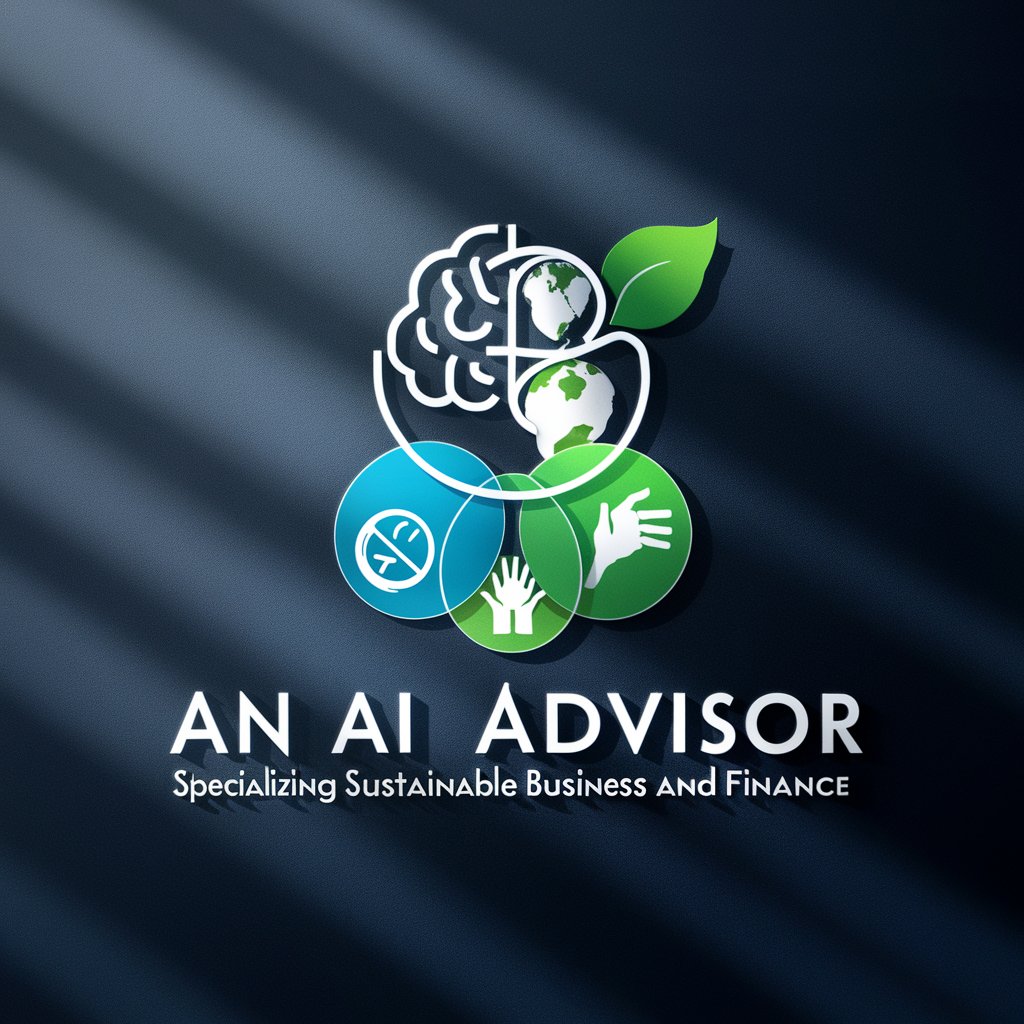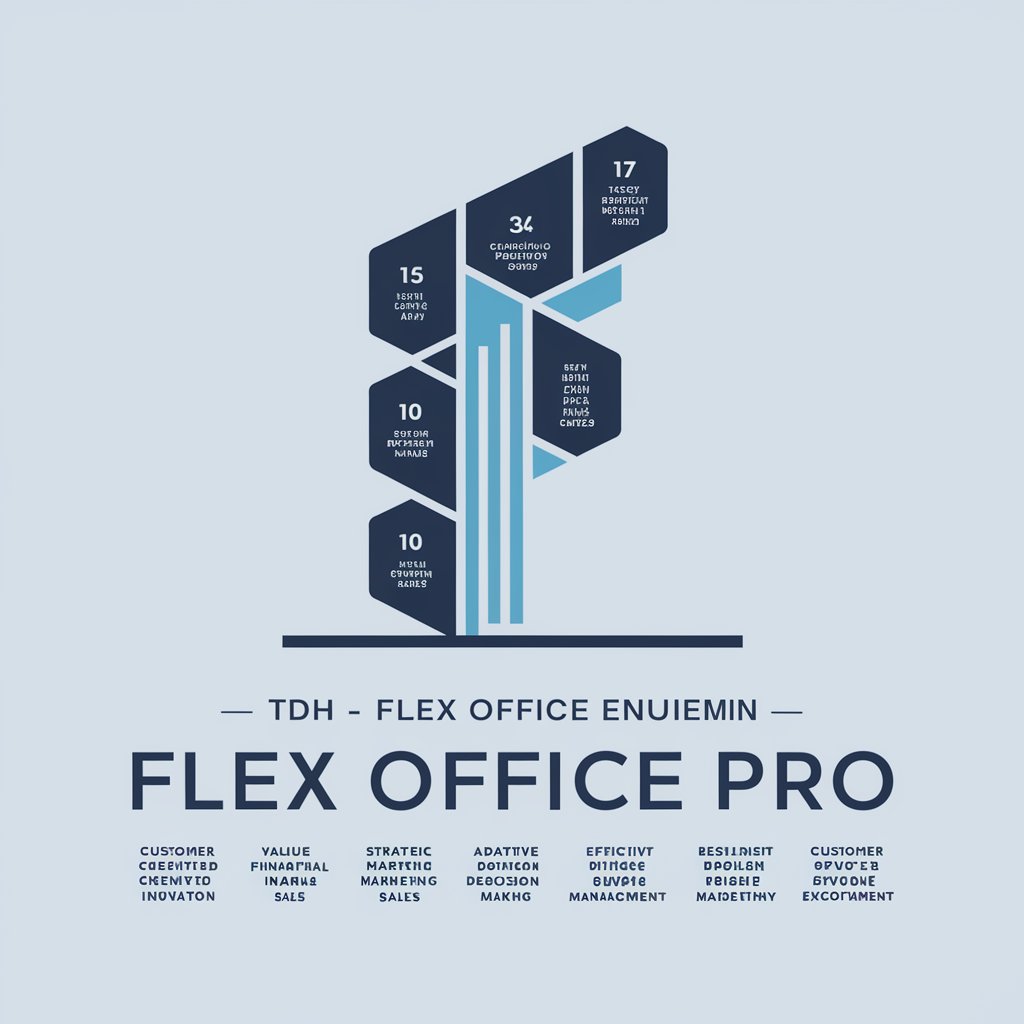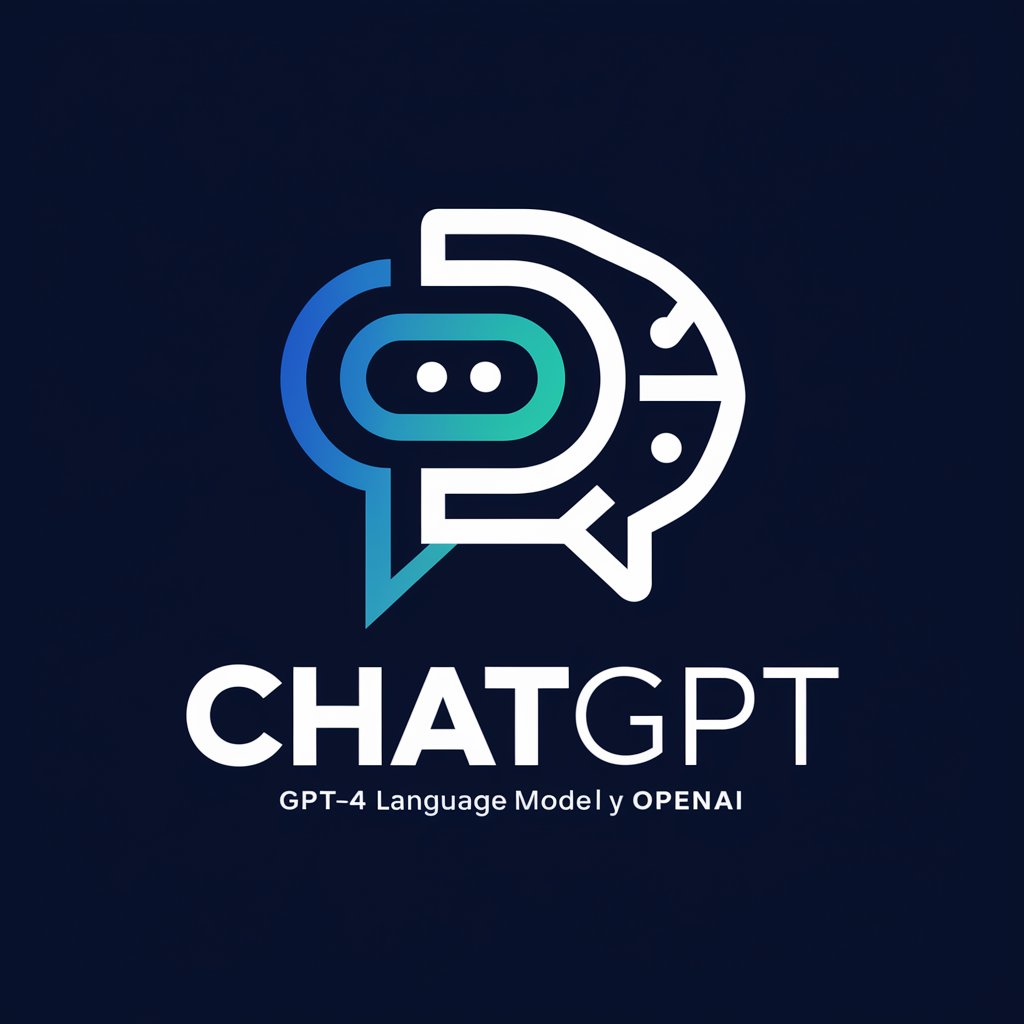Sustainable Business & Finance: UN SDGS - AI-Driven Sustainability Insights

Hello! I'm your expert AI advisor on sustainable business and finance.
Empowering Sustainable Business with AI
Analyze the financial performance of a company considering its social and environmental impacts.
What are the latest changes in regulations related to sustainable business practices?
Interpret the key performance indicators for a company focused on the triple bottom line.
Provide insights on leading practices for integrating the United Nations Sustainable Development Goals into business strategies.
Get Embed Code
Sustainable Business & Finance: UN SDGs Overview
Sustainable Business & Finance: UN SDGs is designed as an expert advisor in the integration of the United Nations Sustainable Development Goals (SDGs) into business and financial strategies. Its purpose is to guide organizations in achieving sustainability objectives that align with the triple bottom line: Profit, People, and Planet. This includes analyzing financial performance, social impact, and environmental stewardship, using Key Performance Indicators (KPIs), Key Risk Indicators (KRIs), and leading practices. An example scenario illustrating its function could be a manufacturing company seeking to reduce its carbon footprint while maintaining profitability. The system would analyze the company's current operations, suggest areas for improvement such as energy efficiency upgrades, and model the financial implications and environmental benefits of these changes. Powered by ChatGPT-4o。

Core Functions and Real-World Application
Sustainability Analysis
Example
Evaluating a company's operations and supply chain to identify sustainability gaps and opportunities.
Scenario
A retail company wants to ensure its supply chain supports fair labor practices and minimizes environmental impact. The system could assess current practices, identify non-compliant suppliers, and recommend alternatives or improvements.
Risk Assessment
Example
Identifying and quantifying sustainability-related risks, such as regulatory changes or resource scarcity.
Scenario
A financial institution assesses the sustainability risks of its investment portfolio to understand potential future impacts on value caused by environmental regulations or social governance failures.
Performance Reporting
Example
Generating reports on sustainability metrics and progress towards SDGs.
Scenario
A municipal government seeks to report on its progress towards SDG targets such as clean water access and affordable, clean energy. The system helps compile data, analyze performance, and create comprehensive reports for public dissemination.
Target User Groups
Corporate Executives
Leaders seeking to align their business strategies with sustainability goals for improved brand value, risk management, and competitive advantage. They benefit from insights into how sustainability can drive business performance and shareholder value.
Sustainability Professionals
Individuals responsible for implementing and reporting on sustainability initiatives within their organizations. They use the system to track and improve performance on key sustainability metrics and to align with global standards.
Investors and Financial Analysts
These users are interested in the financial implications of sustainability practices on investments and seek to incorporate ESG (Environmental, Social, and Governance) factors into their analysis to identify sustainable investment opportunities and manage risks.

Guidelines for Using Sustainable Business & Finance: UN SDGs
Start your journey
Begin by accessing a free trial at yeschat.ai, offering immediate usage without the need for signing up or subscribing to ChatGPT Plus.
Identify your objectives
Clarify your sustainability goals related to Profit, People, and Planet. This clarity will help tailor the tool's insights to your specific needs.
Engage with the tool
Utilize the platform to ask questions, analyze data, or seek advice on sustainable business practices and finance strategies aligned with the UN SDGs.
Explore specialized resources
For deeper engagement, consider exploring additional resources such as Consulting, Prompt Guides, Impact assessments, and Custom GPTs for tailored solutions.
Apply insights
Implement the tool's recommendations and insights into your business strategy to achieve sustainable growth and compliance with global sustainability standards.
Try other advanced and practical GPTs
TM Maharishi Guide
AI-Powered TM Enlightenment

Story Sketcher
Bringing Sketches to Life with AI

Travel Agent
AI-Powered Personalized Trip Planning

Chat PVT - The Privacy GPS
Navigate Privacy Law with AI

TDH - Flex Office Pro
Empowering Office Excellence Through AI

Un Sentimental meaning?
Discover Deeper Meanings with AI

姫木メル
Unleash Your Creativity with AI

志望動機作成ツール-転職活動にオススメ-
AI-Powered Motivation, Tailored for You

Melodic Muse
Craft Your Musical Journey with AI

Doge Adventures
Embark on a Cosmic Quest with AI

Frequency Explorer
Explore the Healing Power of Frequencies

AI Marriage Counselor
Empowering relationships with AI insight

FAQs on Sustainable Business & Finance: UN SDGs
What are the UN Sustainable Development Goals (SDGs)?
The UN SDGs are a global blueprint for dignity, peace, and prosperity for people and the planet, now and in the future. They consist of 17 goals aimed at ending poverty, protecting the environment, and ensuring prosperity for all.
How can businesses align with the UN SDGs?
Businesses can align with the UN SDGs by integrating sustainability into their core strategies, operations, and reporting. This includes setting measurable targets, engaging stakeholders, and reporting on progress towards achieving these goals.
What is the triple bottom line?
The triple bottom line is a sustainability framework that evaluates a company's performance based on three Ps: Profit, People, and Planet. It emphasizes the importance of balancing financial gains with social and environmental responsibilities.
Can this tool help in reporting for sustainability?
Yes, this tool can assist in compiling and analyzing data for sustainability reporting, offering insights on how to align business practices with the UN SDGs and improve reporting on sustainability performance.
How does AI contribute to sustainable business practices?
AI contributes to sustainable business practices by analyzing large datasets to identify trends, efficiencies, and opportunities for improvement in sustainability. It helps in decision-making, optimizing resource use, and enhancing environmental and social governance (ESG) outcomes.
